Cancelled: Gwanghwamun International Art Festival (광화문국제아트페스티벌)
940.9M 2022-11-14
175, Sejong-daero, Jongno-gu, Seoul
• 1330 Travel Hotline: +82-2-1330 (Korean, English, Japanese, Chinese) • For more info: +82-2-723-9484~7
Gwanghwamun International Art Festival is designed to increase public knowledge and appreciation for the arts and culture. In addition to the art exhibitions, visitors will also be able to enjoy various performances and try different kinds of arts and crafts such as ceramics, silver handicrafts, leather handicrafts, and more. The festival is also making a continuous effort to deliver more exciting programs and activities for visitors' enjoyment.
Euljiro Nogari Alley (을지로 노가리골목)
949.6M 2024-10-29
129, Eulji-ro, Jung-gu, Seoul
+82-2-1330
The alley that connects from Euljiro 3(sam)-ga Station, Exit 4 is full of people eating dried young pollack and drinking beers at tables along the street every night. Under the bright lamp lights, plastic tables filled with customers can be seen. The first Nogari pub, Eulji OB Bear, opened in November 1980 to form what is now the Euljiro Nogari Alley. Euljiro also has the largest Printing Alley in the nation, providing printing for almost all books and printed materials across the country. The shift workers would stop by the pub for dried young pollack and cold beer before heading home after work, leading to more restaurants opening nearby until the alley was formed. In the beginning dried young pollack was cooked over a briquet fire and served with red pepper paste, but now, the alley is full of pubs and restaurants serving various types of food, but nothing beats nogari and cold draft beer.
Ilmin Art Museum (일민미술관)
953.3M 2022-09-27
152, Sejong-daero, Jongno-gu, Seoul
The Ilmin Art Museum located in former Dong-A Newspaper Building, was formed in honor of their honorable and late CEO Kim Sang-man. The museum was established in December of 1996, and with a full renovation in 2001, large exhibition hall and Ilmin collection was placed in. Through the renovation, the combination of glass and steel made Artrium aimed to become one of the best comtemporary museum, connecting the museum to the streets of Gwanghwamun.
This museum boasts a large Ilmin collection. There are 430 pieces of Ilmin collection from Goryeo dynasty (918-1392) to present, 1,200 pieces in the Donga Newspaper's collection of art, and 100 pieces of art owned by Hyundai Corporation. The Ilmin Collection mostly consists of pieces that Kim Sang-man collected from ceramics to aesthetic paintings. The Dongah Newspaper's collection has time-relevant pieces that are important in history.
Luden Loquen SPACE (카페LN)
953.5M 2019-11-26
5, Bukchon-ro 5na-gil, Jongno-gu, Seoul
+82-2-722-7597
Luden Loquen SPACE is a unique hanok cafe, located at the end of the alley where Bukchon Hanok Village starts. The cafe is not just an average café where you can drink tea or coffee but because of location and design it has an added sense of cultural value. Locals come to enjoy the best tea in town, brewed using high quality tea leaves with information on its origin attached. In addition to traditional drinks and sweets, the coffee shop offers a variety treats that combines Korean ingredients and modern desserts. The hanok building has been reinterpreted through a modern design.
Hotel President (프레지던트 호텔)
954.1M 2021-06-17
16, Eulji-ro 12-gil, Jung-gu, Seoul
+82-2-753-3131
Hotel President is located in the center of downtown Seoul, in front of Seoul Plaza. Nearby attractions include royal palaces, the financial area, a business area, and shopping street, perfect for convenience and completing successful business. Hotel services include a business center and tour desk for the perfect mix of business and pleasure. The hotel offers a 24-hour reception desk, as well as dry cleaning and room service. The 303 guestrooms come in a range of sizes from single to suites, with a choice of view between Seoul City Hall or Namsan Mountain.
NOBIZIB (너비집)
958.3M 2021-03-24
37-8, Myeongdong, 9-gil, Jung-gu, Seoul
+82-2-756-4084
This restaurant is famous for spicy Galbijjim (braised short ribs). This Korean dishes restaurant is located in Jung-gu, Seoul. The representative menu is spicy braised short ribs.
Bukchon Hanok Center for History (북촌한옥역사관)
960.8M 2024-11-05
3 Gyedong 4-gil, Jongno-gu, Seoul
Myeongdong Hanubang (명동한우방)
962.3M 2021-03-18
37-5, Myeongdong 9-gil, Jung-gu, Seoul
+82-2-2267-8132
This is a Korean cuisine located in Myeong-dong, Seoul. A Korean BBQ restaurant. The representative menu is grilled thin skirt.
Frisbee - Gwanghwamun Branch [Tax Refund Shop] (FR광화문점(금강 프리스비))
963.5M 2024-04-16
1F, 8, Cheonggyecheon-ro, Jung-gu, Seoul
-
Gwanghwamun Gate (광화문)
965.0M 2024-12-04
161 Sajik-ro, Jongno-gu, Seoul
+82-2-3700-3900
Built in 1395 under the reign of King Taejo, the first king of the Joseon dynasty, Gwanghwamun Gate is the southern gate of Gyeongbokgung Palace. It is also the main gate of the palace, therefore larger and fancier in comparison to the other gates. Gwanghwamun Gate consists of three arched gates; the center gate was used by the king, while the other two were used by the crown prince and royal officials. The tall granite walls of the gate serve as a platform for the wooden gate tower that watches over the city. The gate has a sign with its name written at the top center of the gate tower.
Gwanghwamun Gate went through several damages and restorations over the course of history. It was first severely damaged during the Imjin War (1592-1598) and was not restored until the reconstruction of Gyeongbokgung Palace in 1864. Under the Japanese administration, the gate was demolished and relocated to the north of the palace's eastern gate, followed by series of damages during the Korean War (1950-1953). In 1968, Gwanghwamun Gate was relocated back to the south of the palace and was rebuilt using concrete; however, the gate’s position was shifted a few meters away from its original location. In 2006, a major reconstruction project took place to restore Gwanghwamun Gate to its original state and location, disassembling the structure completely and replacing concrete with granite and wood. After three years and eight months of construction, Gwanghwamun Gate was fully restored to its original form and was open to the public on August 15, 2010.

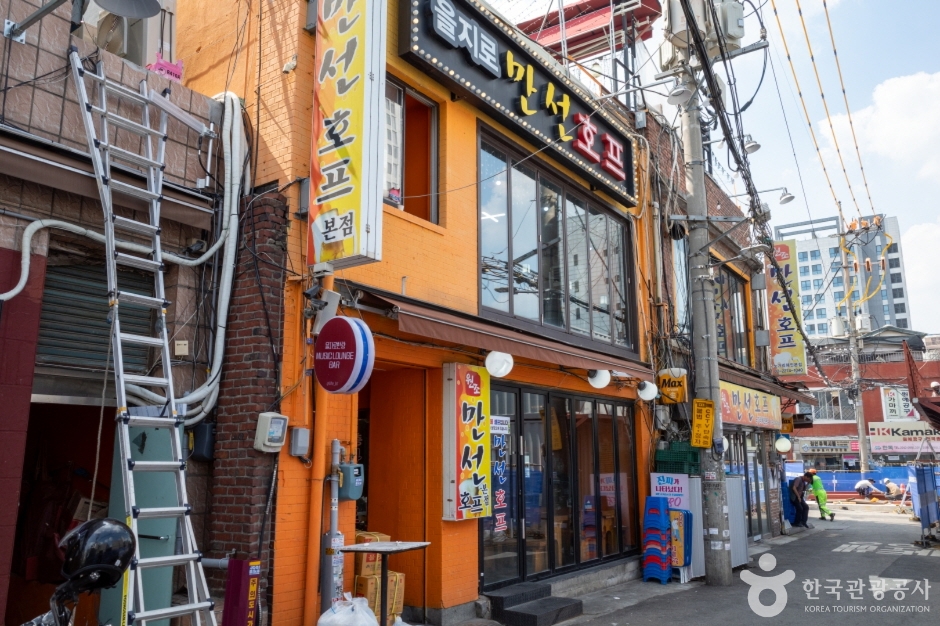
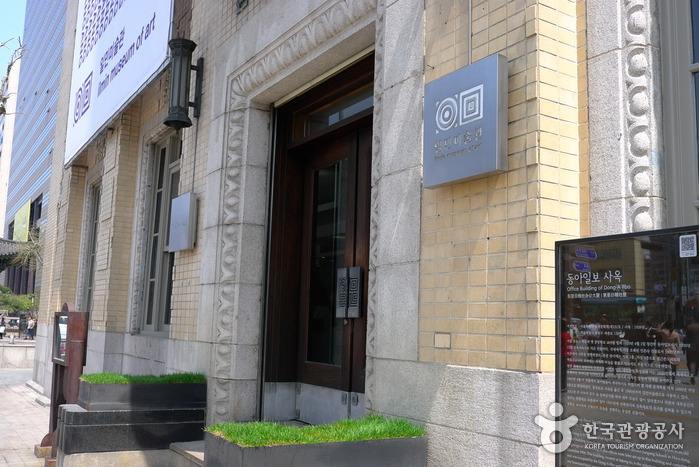

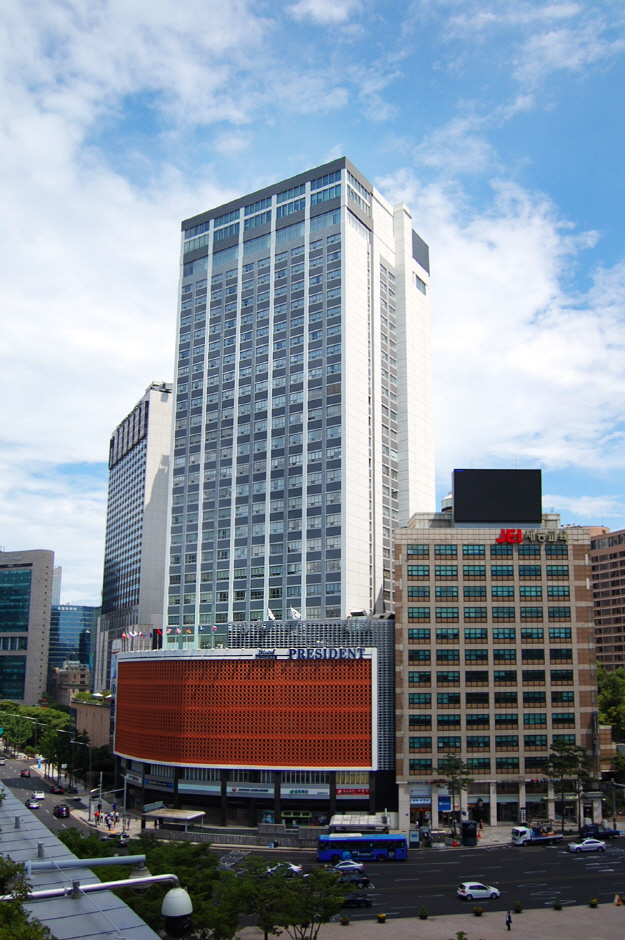
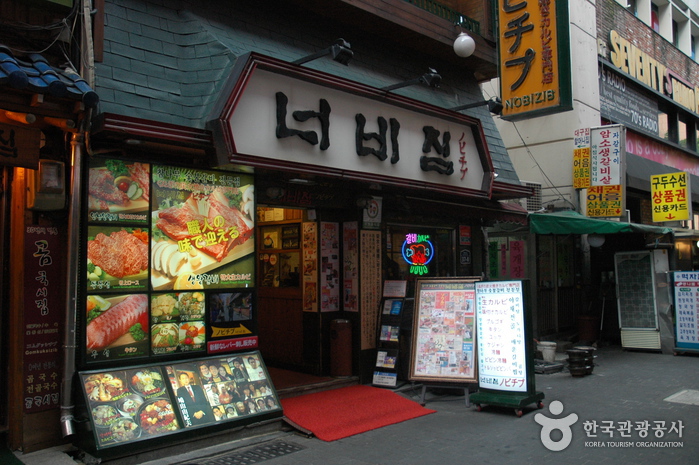
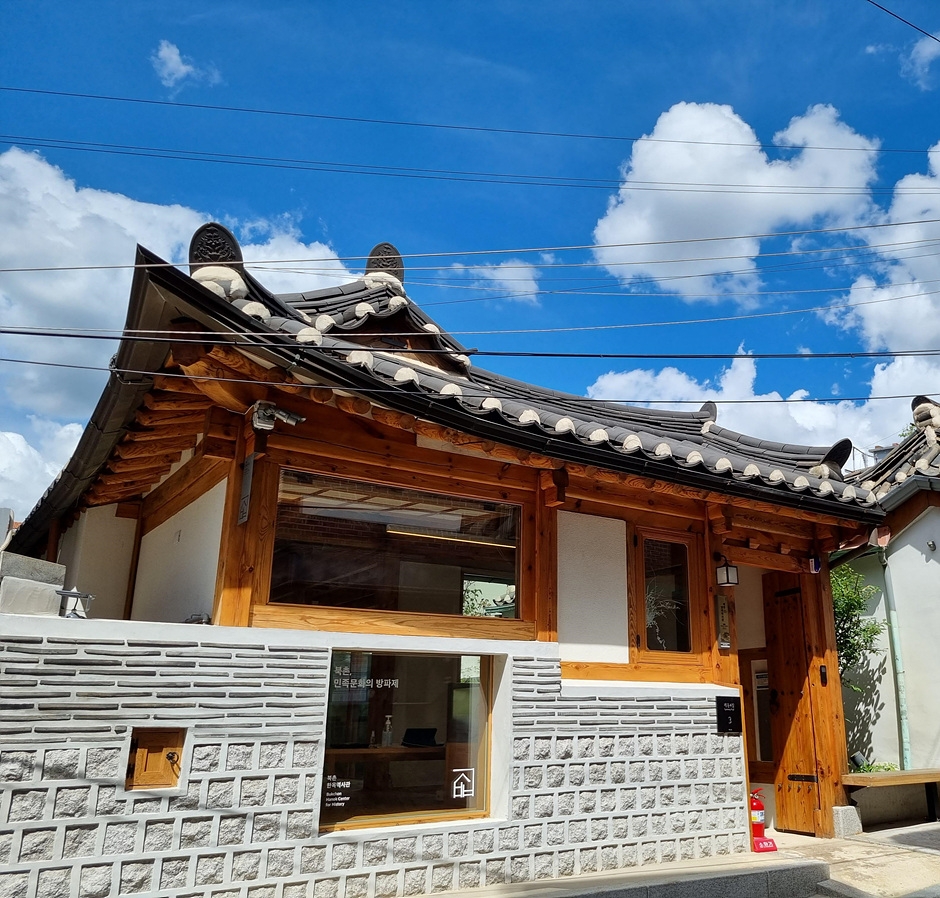
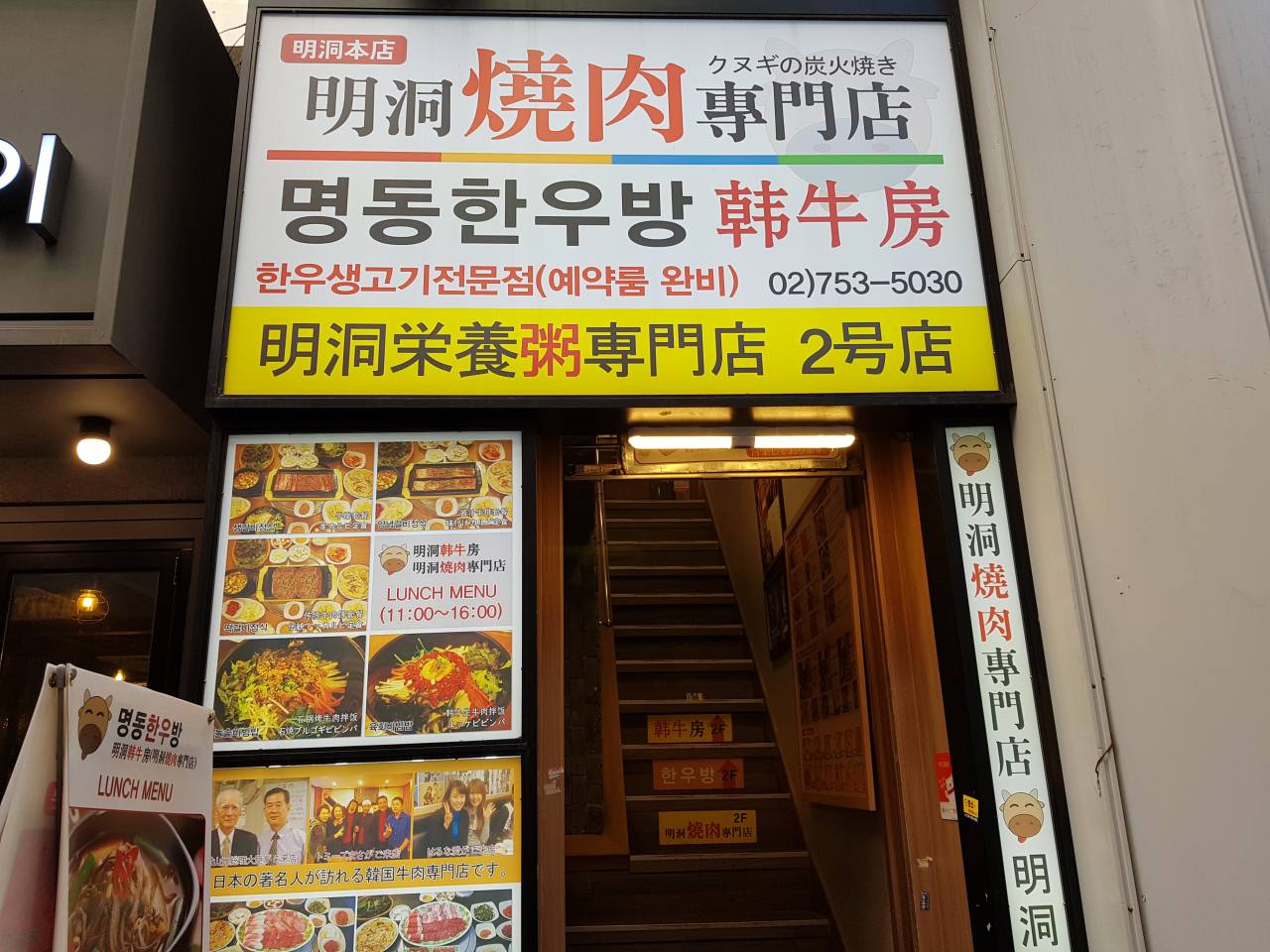
![Frisbee - Gwanghwamun Branch [Tax Refund Shop] (FR광화문점(금강 프리스비))](http://tong.visitkorea.or.kr/cms/resource/73/2878573_image2_1.jpg)
 English
English
 한국어
한국어 日本語
日本語 中文(简体)
中文(简体) Deutsch
Deutsch Français
Français Español
Español Русский
Русский